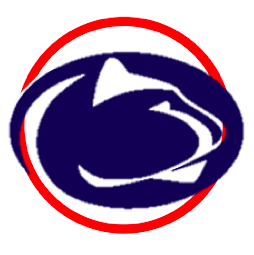Survival of the fittest: a concept that even before you learn about Charles Darwin is understood. The strong live while the weak die. In the case of the Marina Trench scene in The Circle, this harsh reality still holds true. Additionally, the scene is highly symbolic of the power that those truly in charge at the Circle command and how the company has worked to encroach upon the world’s population.
To begin, the transparency that is seen with the creature is obviously a direct reference to the main mantra of transparency at the Circle. However, taking this one step further, it showcases the tactics that those in power at the circle have used to spread themselves across society: incognito. Just in how the fish have the capability to become “[…] invisible” (476), so too was the Circle able to mask its true motives. Furthermore, the fact that these species came from a seemingly abysmal region of the sea can work to highlight the dystopia that is being brought to the forefront of the society as a result of the Circle. Aside from the transparency, the movement of the creatures into the new tank is symbolic of the Circles overall shift towards control. The initial caregiver who opposed the movement that was replaced for “lack of visions” (471) could be equated to those, like Mercer, who rebel against technology and are destroyed because of it.
Moving on from the general symbolism of the animals, each species alone is extremely symbolic of aspects of culture. Most significantly, the shark is symbolic to the Circle. Like the Circle, the shark devours everything in its path and is never satisfied. Similarly, the Circle is a monopoly—because it destroyed its competition – and always hungry to take the next bite it can out of society and reproduce a white-ash-dystopia waste product. The seahorse, in my opinion being the most interesting, work to symbolize the workers at the company. This is supported in how the creatures react to being placed into the new habitat. The baby seahorses meandered in the tank while the parent hid within the coral (476). These babies are like the workers at the Circle who unknowingly created a monster in the way they aimlessly worked towards whatever they were instructed to without looking at the collective whole. The octopus can be a representative of Ty (aka Kalden) and those who oppose the Circle. This is because of the fact that as the shark is eating it, it puts up a fight. This is similar to how there are members of the government that oppose the Circle’s action and most significantly Ty who puts a valiant effort into stopping the closure of the company.
In the end unfortunately, the Circle (the shark) prevails. This is overall a great representation of the effects that technology can have on individuals lives. If, rather than being informed of the world around them, they instead become entrapped in the endless possibilities technology offers, chaos will result.
